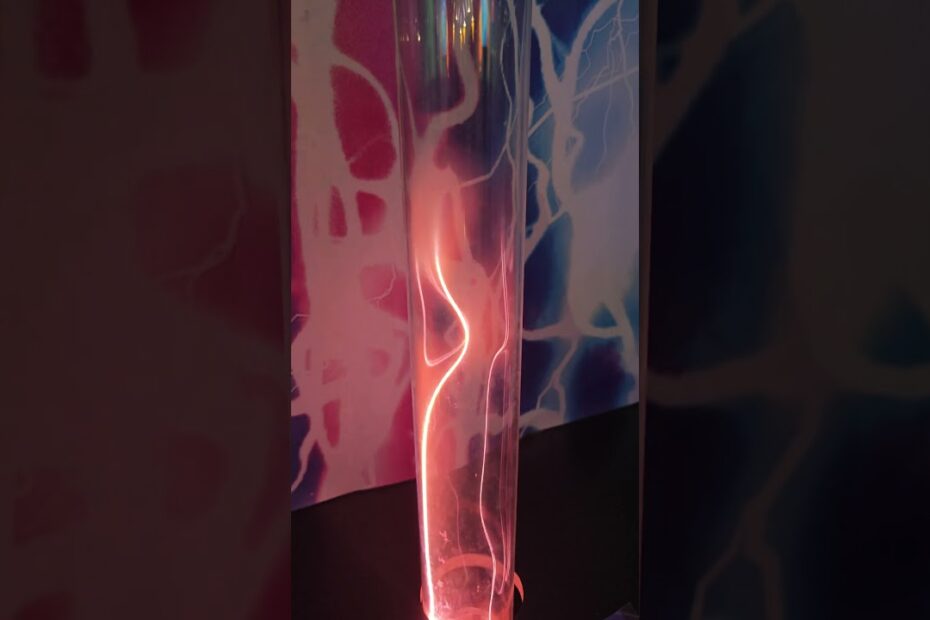Why Are Some Elements Not Reactive Like Neon or Argon? The Science of Inertness
The Introvert’s Guide to the Periodic Table: Neon’s Social Anxiety
Picture neon and argon as the ultimate wallflowers at the atomic prom. While other elements are busy swapping electrons like overly enthusiastic TikTok dance partners, noble gases stand in the corner, sipping metaphorical punch. Why? They’ve already got the perfect electron configuration—a full outer shell. No need to mingle when you’re already winning at atomic solitaire.
Full House, No Vacancy: Why Noble Gases Don’t Play Nice
Most elements react because they’re desperate to fill or empty their electron shells, like a toddler trying to shove mismatched toys into a box. Noble gases? They’re the smug adults who already organized their toy chest. With eight electrons in their outer shell (or two, for helium), they’ve hit the “octet rule” jackpot. No FOMO here—just pure, unbothered inertness.
Top 3 Reasons Neon Won’t RSVP to Your Chemical Party (Even If You Beg):
- Zero electron debt: They don’t need to gain, lose, or share—it’s all paid off, like a cosmic mortgage.
- Low social battery: Their ionization energy is sky-high. Persuading them to react is like asking a cat to take a bubble bath.
- Van der Waals? More like Van der Bores: Their weak intermolecular forces are the equivalent of a polite nod across a room.
When Nobles Break Bad: The Drama of Forced Friendships
Under extreme conditions (think lab-coat-wearing mad scientists wielding lasers and peer pressure), noble gases *can* react. Xenon, for instance, might grudgingly bond with fluorine in a “fine, but I’m not happy about it” arrangement. These exotic compounds are like finding a unicorn at a donkey convention—rare, glittery, and slightly unsettling. But for neon and argon? They’d rather stay single, thanks. Some elements just really, *really* love their personal space.
How to Identify Elements That Are Not Reactive Like Neon or Argon
The “Party Test” (No, Not That Kind of Party)
If you’ve ever thrown sodium into water and watched it freak out like a toddler on a sugar rush, you know reactive elements don’t hold back. But how do you spot the chill ones, like neon or argon? Simple: invite them to a chemical rave. Noble gases are the wallflowers of the periodic table. They won’t bond, react, or even make awkward small talk. If your element refuses to dance with oxygen, chlorine, or even fluorine (the life-of-the-party maniac), congratulations—you’ve found a noble gas. Probably.
Check Their Electron “Social Battery”
Noble gases have full valence electron shells, which basically means they’re the hermit crabs of the atomic world. No need to borrow, steal, or share electrons—they’ve already got the perfect squad. To ID these introverts:
- Step 1: Peek at their electron configuration. If it ends with “p⁶” (or “s² p⁶” for the overachievers), they’re likely noble.
- Step 2: Offer them a covalent bond. If they stare at you like you’ve suggested skydiving without a parachute, it’s neon or argon.
The “Does It Glow Like a Cosmic Snack?” Hack
Unreactive elements are famously low-drama, but they’ve got one party trick: glowing under the right conditions. Pump electricity into a tube of neon, and it’ll light up like a disco spaceship. Argon? It’ll emit a faint blue hue, like it’s vaguely judging your life choices. If your element fluoresces but otherwise acts like it’s too cool for chemical reactions, you’ve nailed it. Pro tip: if it also exists in Earth’s atmosphere without causing chaos, it’s definitely noble. Helium’s just floating up there, avoiding responsibility.
The “Noble” Title Isn’t Just for Show
Historically, noble gases were called “inert” because they acted like snobby aristocrats refusing to mingle with commoners. To confirm their identity, try this:
- Method A: Expose them to fluorine (the ultimate frenemy). If nothing happens, it’s noble. Fluorine once ate a ceramic plate for fun. Trust no one.
- Method B: Check their group. If they’re in Group 18, they’re either a noble gas or a lost tourist. Neon and argon don’t carry fanny packs.
